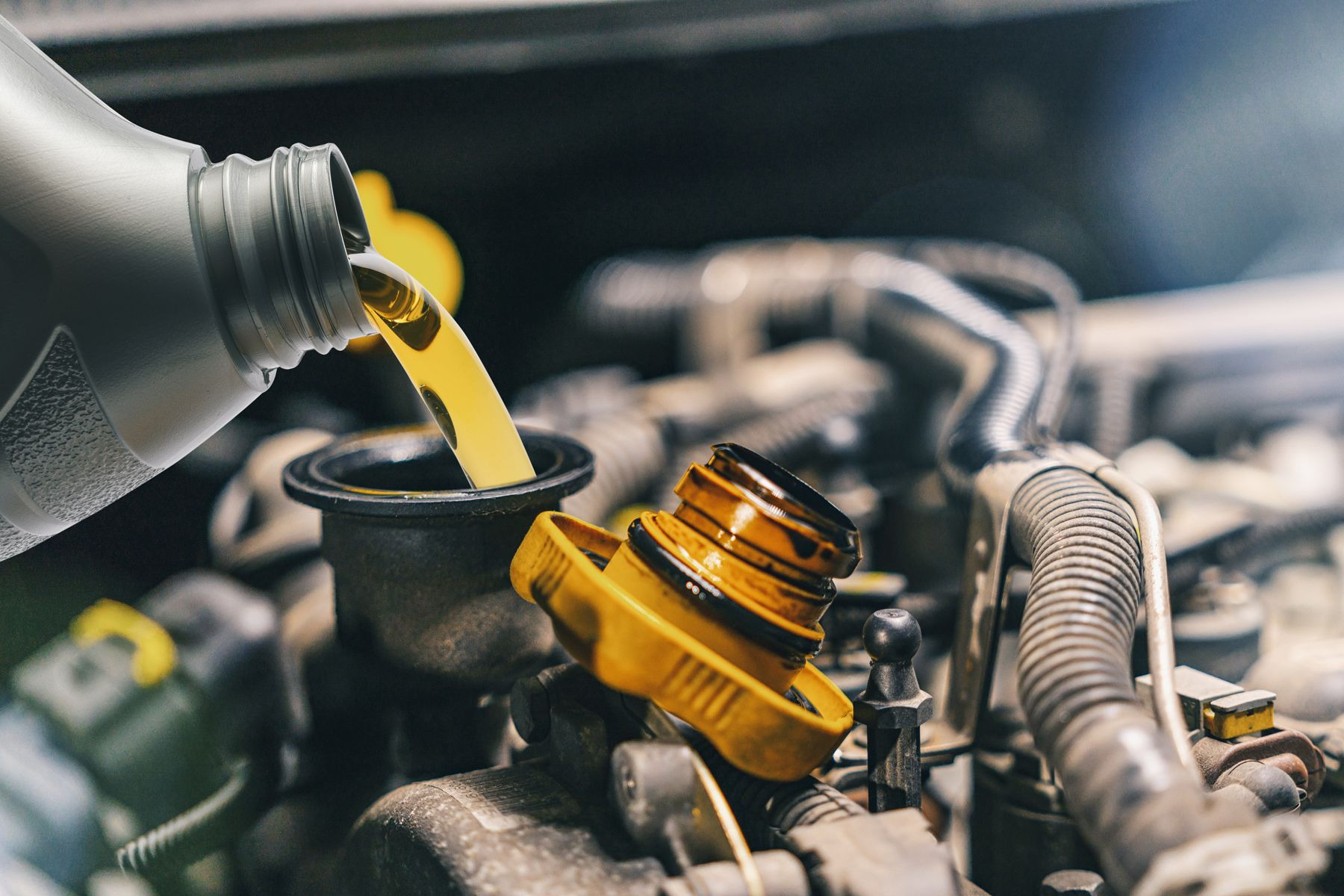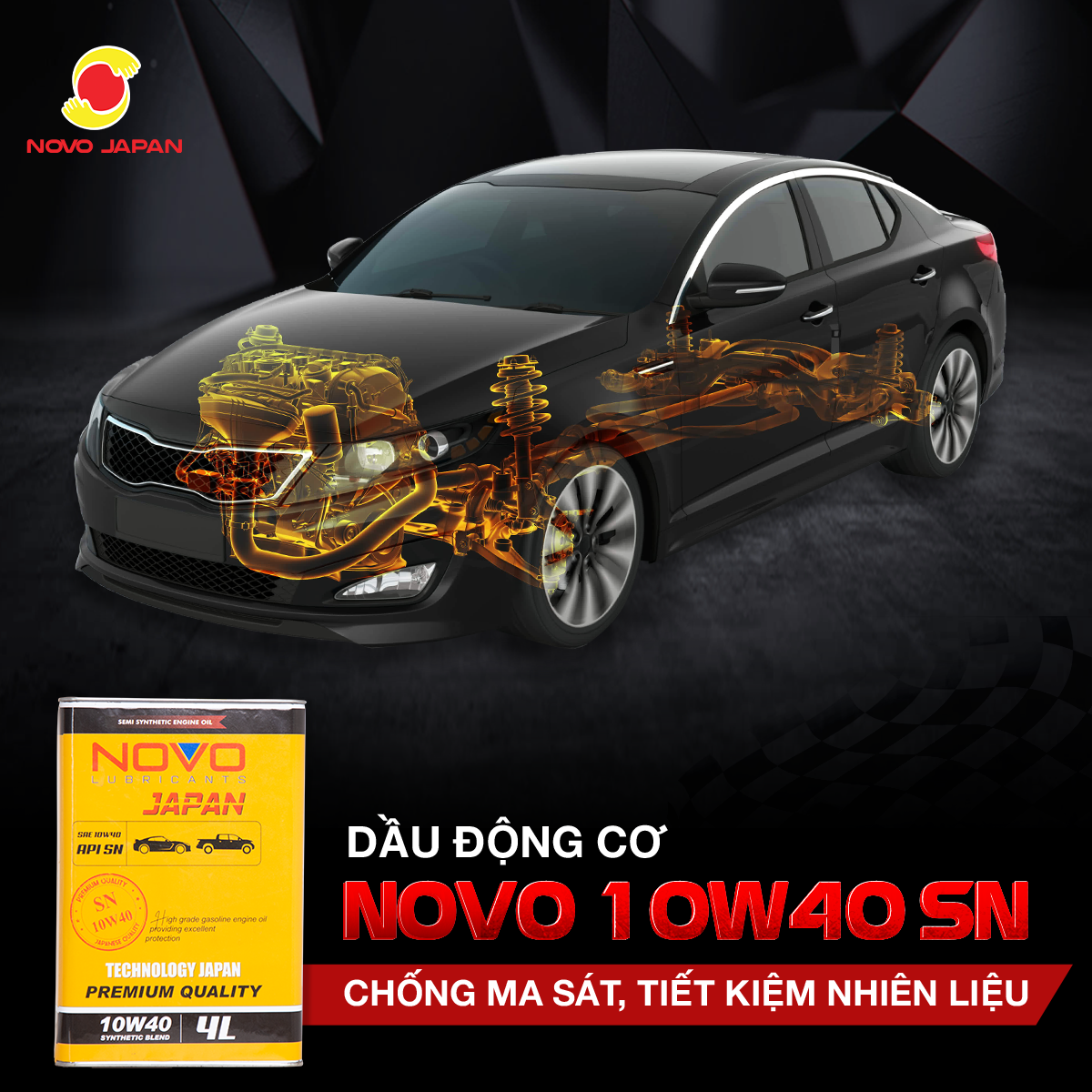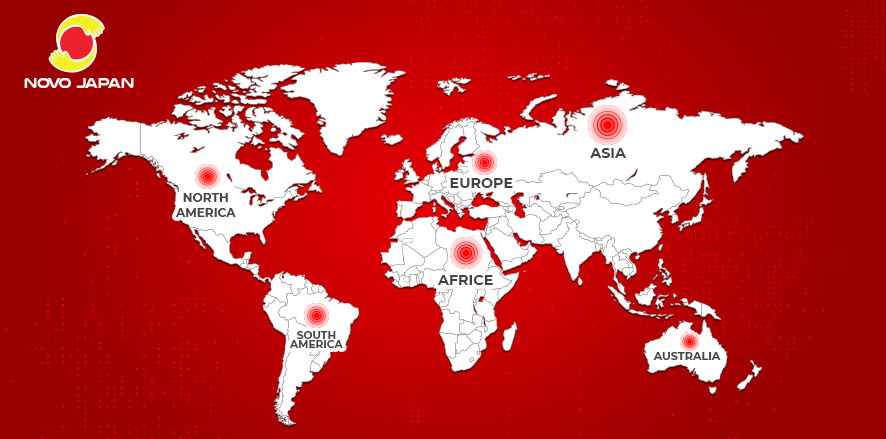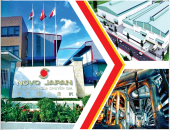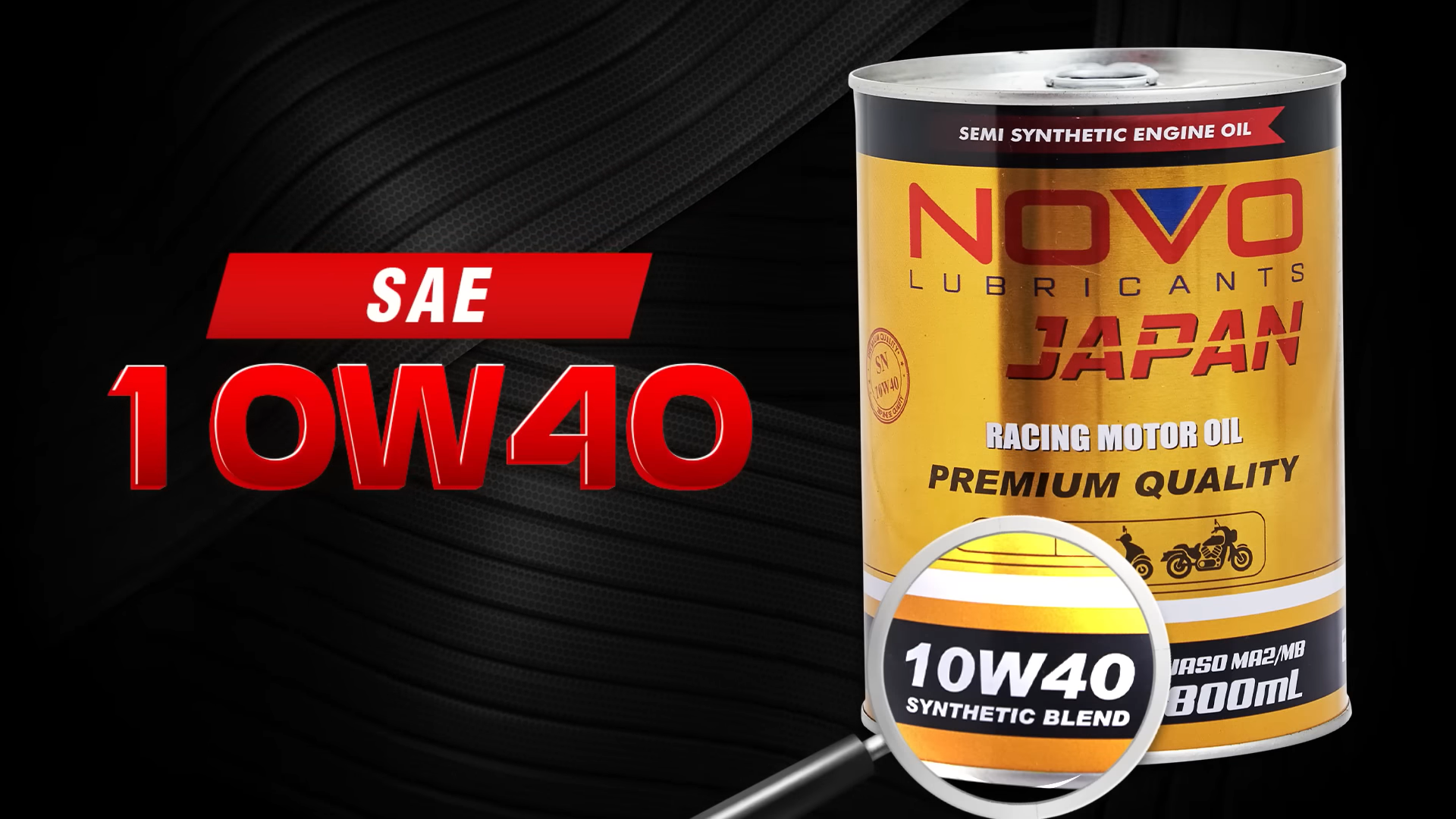Car and motorbike engine oils have two important parameters: performance level (also known as grade or quality level) API and viscosity level SAE.
API (American Petroleum Institute) performance level is used to classify the quality of gasoline and diesel engine oils and has been widely applied in the US and around the world since the 1960s. According to the development of engine design, on average every 4-5 years, a new API level is born to meet the lubrication requirements of the corresponding engine generation.
The quality level of gasoline engine oil is denoted as API SA, SB, SC… to the latest level today, API SN. In which the last letter is used to distinguish levels and is arranged alphabetically, the next letter represents the higher level. For example, API SN grade is higher than SM; SM is higher than SL.
Similarly, diesel engine oils are classified into API levels from CA to CD (API CA, API CB, API CC, API CD. In the beginning, lubricants mainly functioned to protect and prolong engine life. Later on, the oil will also take on many other functions such as helping the engine reduce fuel consumption and currently contributes to minimizing harmful exhaust gases so that the engine meets exhaust standards such as Euro 3, 4, or 5.
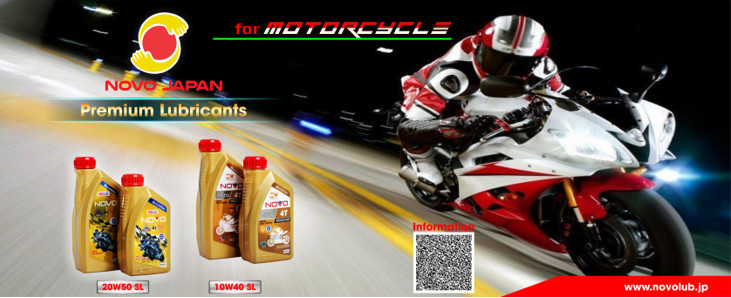
Symbols of quality on lubricants
The latest API performance levels today such as API SN or API CJ–4 are evaluated according to criteria such as engine protection (anti-fouling, anti-wear features…), fuel economy (speed low viscosity, multi-grade), prolongs the periodic use of oil and filters (anti-oxidation, disperses residue), protects exhaust gas treatment equipment. API CJ-4 is the highest level today, in which the last letter represents the grade and the number 4 represents the oil for 4-stroke engines.
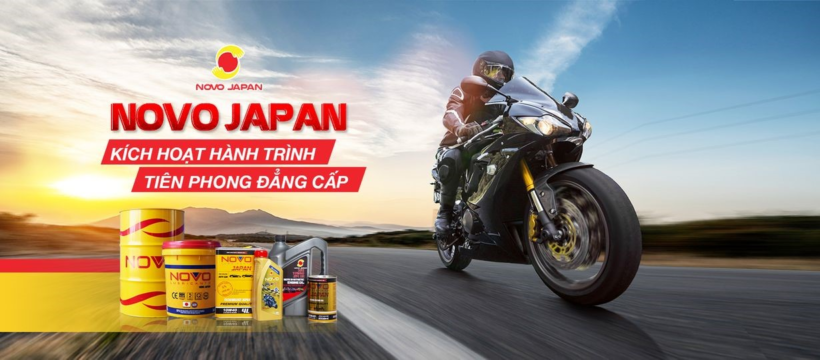
This standard is determined by the American Petroleum Institute, so it is a rigorous and expensive process. Manufacturers have to pay costs ranging from tens of thousands to several hundred thousand dollars depending on the API level they intend to register for. First, the company submits documents, oil samples and costs. The samples are then tested on the engine and tested at the engine manufacturer’s laboratory. Finally, API evaluates the results and issues a certificate.
After API issues a certificate, the product name is listed on the agency’s website and the manufacturer has the right to print the API quality mark on the product packaging label. Some companies that are not qualified to be certified by API self-assess and declare that they meet API standards, but are not allowed to print the API quality mark.
To meet the requirements of today’s vehicles, it is necessary to choose quality levels as high as possible such as API SL; SM or SN for gasoline engines and API CH-4 or CI-4 for diesel engines. Manufacturers often use different lid colors, packaging colors or label colors for products of different grades. Of course there are price differences (sometimes quite large) for different grades.
High-quality SN lubricant product line at good prices at Novo Japan.
The second parameter to consider when choosing a lubricant is the SAE (American Society of Automotive Engineers) viscosity grade.
SAE viscosity grade represents the viscosity-thinness of lubricants such as SAE 30, 40 and 50. The larger the number means the thicker the oil and the better the lubricating ability. These viscosity levels are determined at 100 degrees Celsius (the average temperature of the oil when the engine is working) and are called single-level viscosity at high temperatures.
Lubricating oils as well as cooking grease have an undesirable property: their viscosity always changes with temperature, that is, they will thicken when the temperature drops and conversely will thin out when the temperature increases. Single-grade oils are only guaranteed to reach the high-temperature viscosity required to lubricate the engine. When the temperature is low (when the engine is not running), the single-grade oil may be too thick, making it difficult to start and circulate the oil to the engine parts.
To overcome this drawback, lubricants with multi-grade viscosity such as SAE 10W-30; 15W-40 and 20W-50 are being developed and put into more and more widespread use. The letter W is said to stand for “Winter” indicating the ability to start in cold weather. Multi-grade oil not only ensures appropriate viscosity to lubricate the engine well at high temperatures but also ensures that the oil is not too thick at low temperatures to help the vehicle easily start and operate.
In multi-grade lubricants, the number before “W” refers to the temperature range at which the oil helps the engine start well. That temperature is determined by subtracting that number from 30 but at negative temperatures. For example, 20W-50 lubricant starts well at -10 degrees Celsius. 10W-30 lubricant starts well at -20 degrees Celsius.
Previously, customers had the habit of using thick lubricants such as single-grade SAE 50 or single-grade SAEW 20W-50 with the notion that the thicker the oil, the better. Currently, lubricant technology is developing so this concept is changing. Thanks to low viscosity oil additives such as SAE 40; 15W-40 or 10W-30 not only lubricates and protects the engine but also brings other benefits such as reducing power loss, reducing fuel consumption, helping the vehicle start and operate stably.
Therefore, the current trend of manufacturers is to recommend multi-grade and low viscosity engine oils for use in different climate zones, including in countries with hot climates like Vietnam.
You can refer to fuel-saving and engine-protecting lubricants here.

